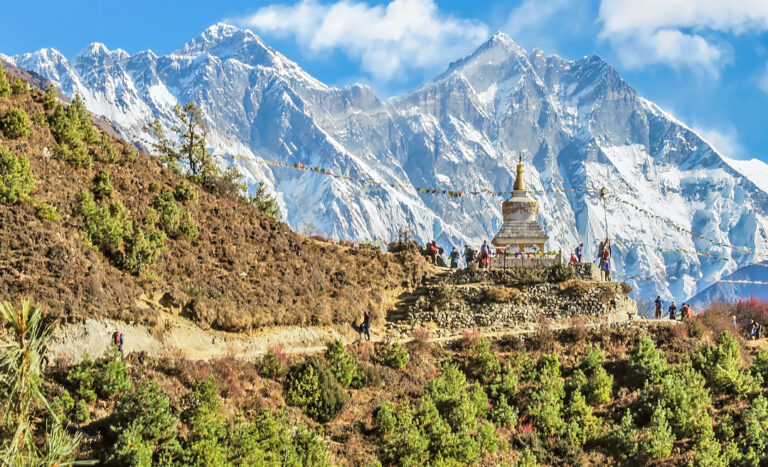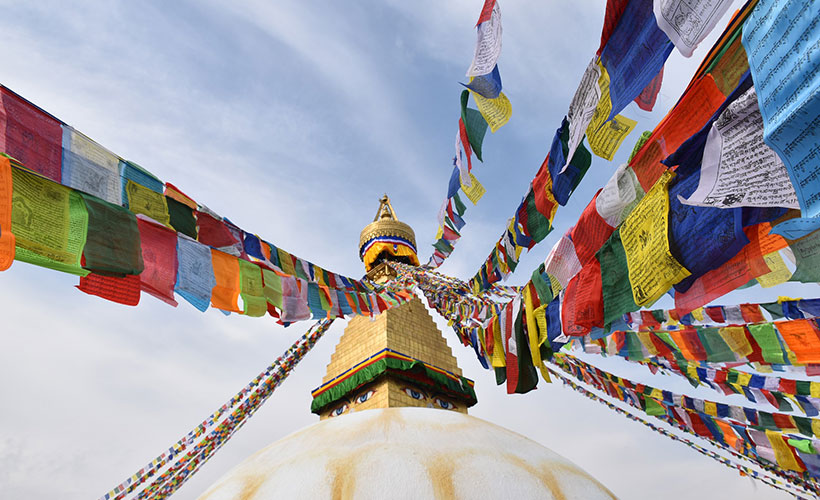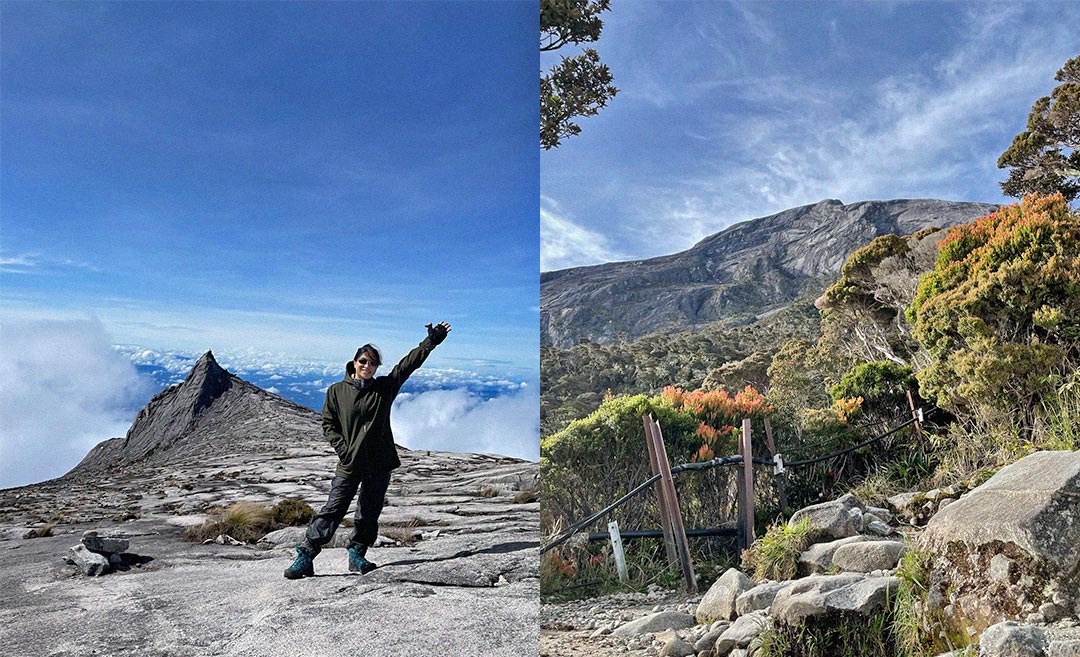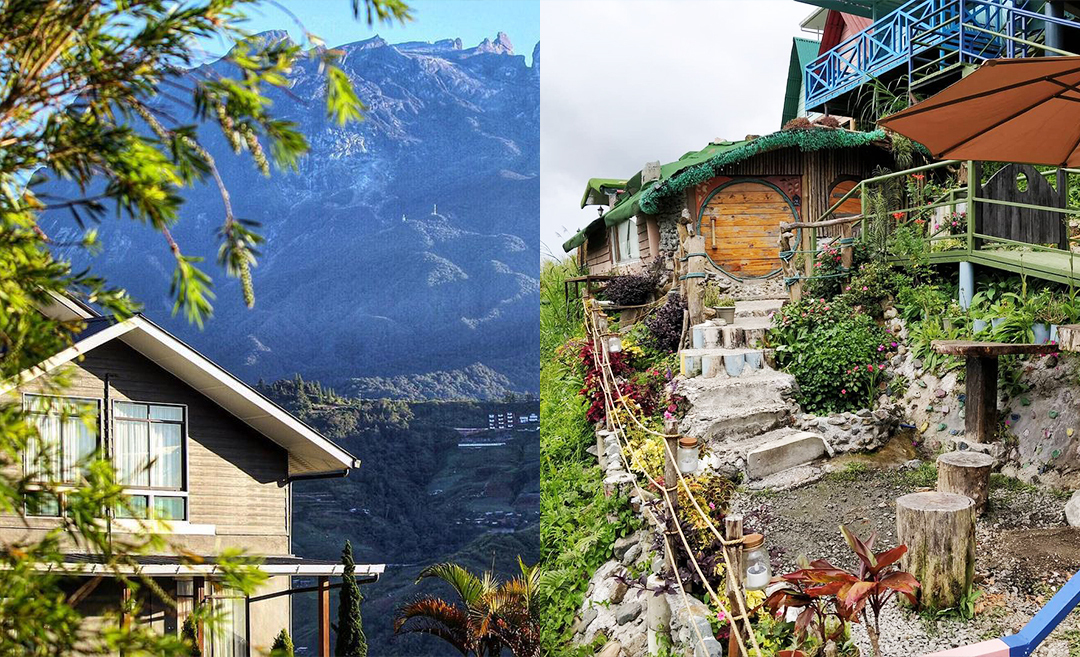If you’re a mountaineer, then you might be saddened to hear that Nepal has decided to ban solo trekking. From 1 April 2023, solo trekking will no longer be allowed in Nepal’s national parks and conservation areas.
New regulations require all hikers and trekkers to be accompanied by a guide or porter. This news probably isn’t that big of a surprise for those who enjoy solo trekking and adventure sports as Nepal has been mulling the decision for some years now. The country has always been a popular destination for adventure enthusiasts, and the new regulations are aimed at ensuring the safety of trekkers while creating more opportunities for locals.
In case you’re wondering, it’s said that roughly a dozen hikers go missing when trekking in Nepal each year.
Annapurna Base Camp, Ghorepani-Poon Hill, Everest Base Camp, and Langtang Valley are just some of the most popular trekking routes in Nepal.
Make climbing safe again
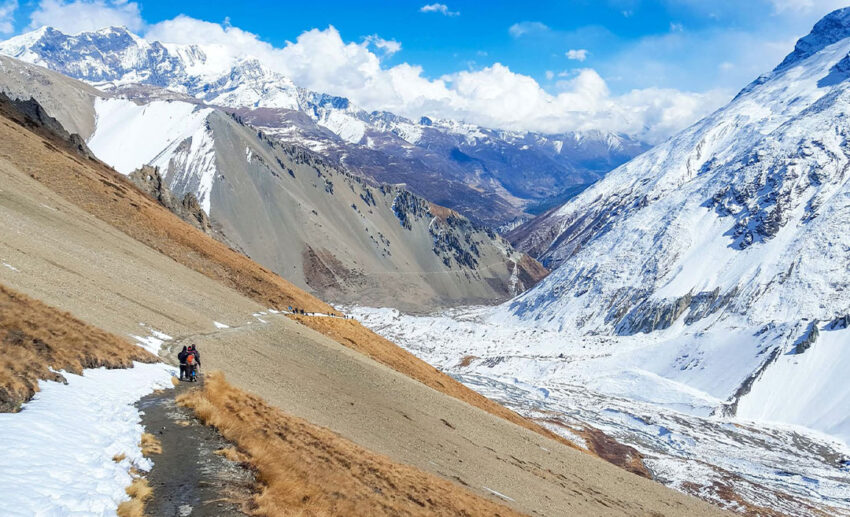
Mani Raj Lamichhane, a spokesman for the Nepal Tourism Board, told CNN that the decision was made with trekkers’ safety in mind. To guarantee the safety of trekkers, it’s now crucial to encourage organised trekking in Nepal. To make sure that trekking in Nepal is carried out in a safe and well-organised fashion, the Trekking Agencies Association of Nepal has been hard at work.
A number of initiatives have been developed, including a Trekking Information Management Systems (TIMS) card, insurance for trekkers, and the establishment of trekking routes with checkpoints. This will guarantee the safety of hikers and make it simple to locate them if they become separated from a group.
Lamichhane added that the board has mandated that even a single foreign trekker must be accompanied by a guide.
The cost of this TIMS permit is now NPR2,000 per person (approximately RM67); seeing an increase from NPR1,000 (approximately RM33.50) per person. Travellers will no longer be able to apply for the permit without booking a guide to accompany them.
Popular trekking routes in Nepal can be found in some of the country’s more out-of-the-way locations, where there are fewer people and less reliable cell phone service. Solo trekkers unfamiliar with the region’s weather and natural hazards, like landslides, are especially vulnerable in the country’s isolated mountainous trails.
While this may be seen as a limitation by some, it shouldn’t be. Safety should remain on every climber’s mind. In the meantime, if you’re looking for an adrenaline rush a little closer to home, consider conquering some hiking trails here in Malaysia. Places to consider include scaling Mount Kinabalu, Mount Tahan, Broga Hill, or Mount Jerai.

